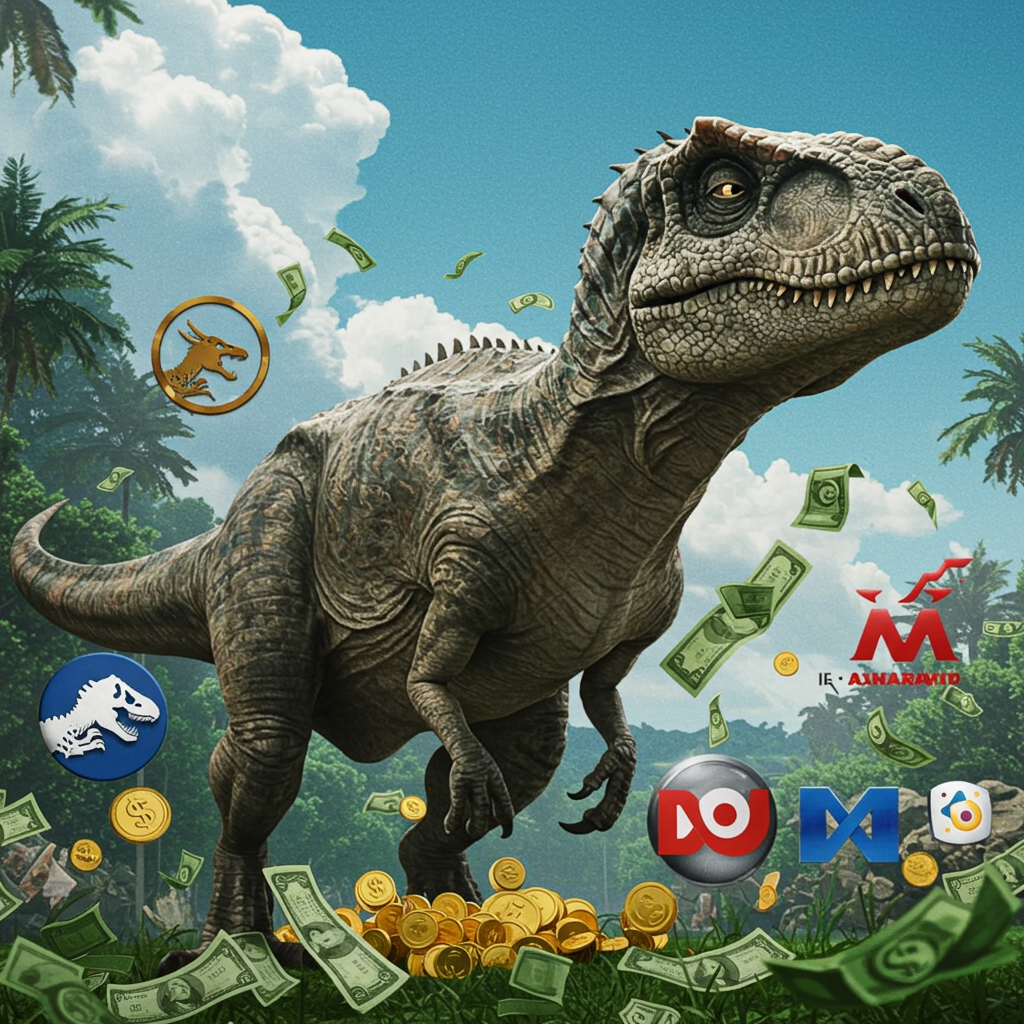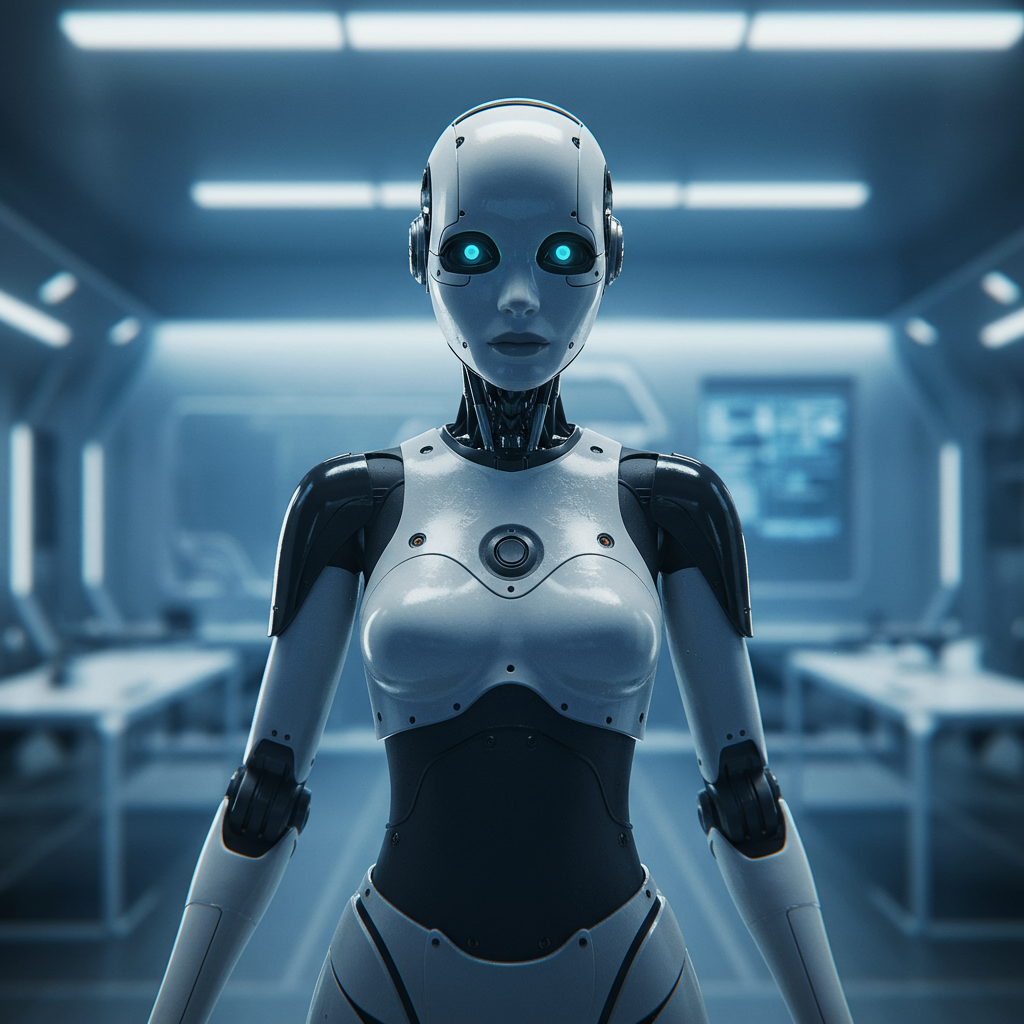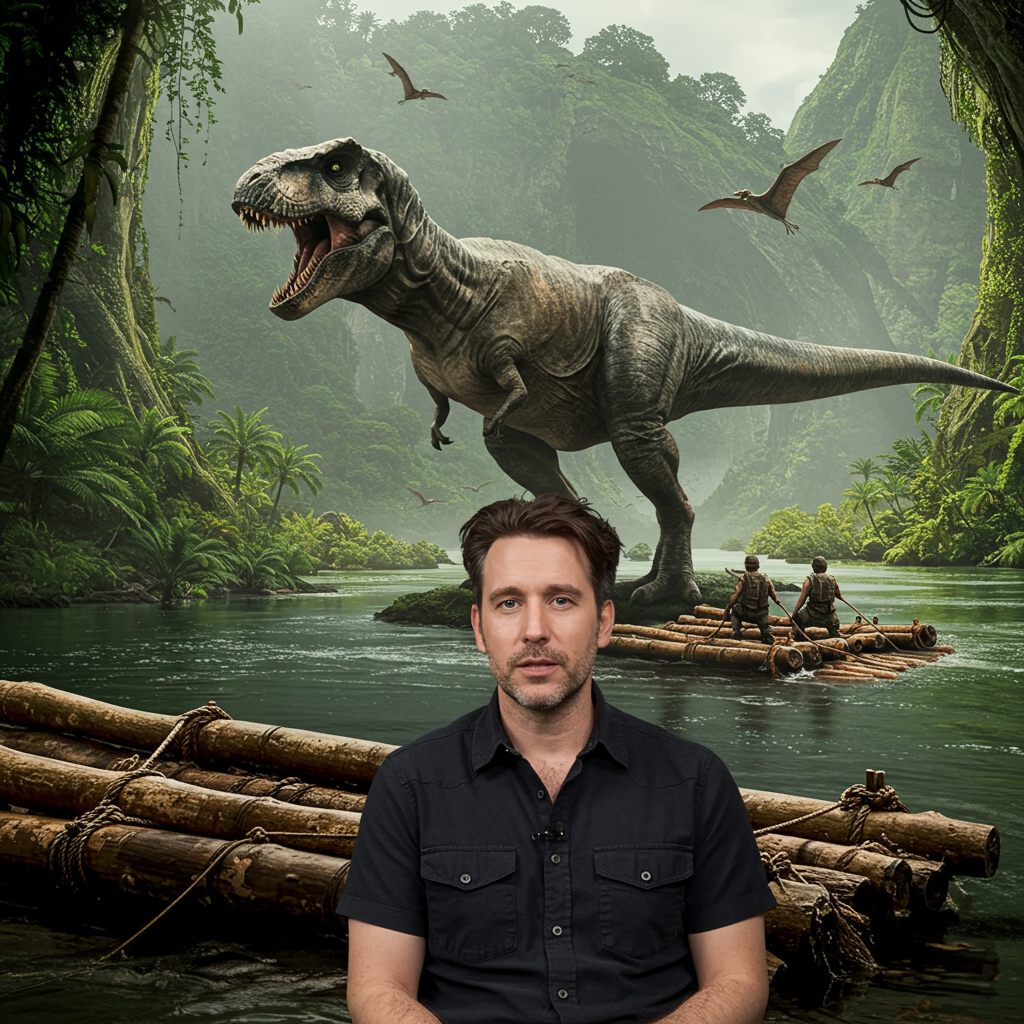The latest installment in the Jurassic saga, dubbed Jurassic World: rebirth, proves the franchise mirrors its own bioengineered creations: seemingly impossible to end, yet increasingly devoid of purpose. This critical review unpacks why Gareth Edwards’ new film, arriving shortly after the disappointing second trilogy concluded, feels less like a thrilling adventure and more like a stagnant cash grab by Universal Pictures. It suggests the studio prioritizes printing money over creative investment, echoing Dr. Malcolm’s famous line about capability versus consideration. The movie’s very existence highlights this condition starkly.
Despite positioning itself as a callback to the 1993 original, Rebirth fails to capture its magic. While slightly less bloated than the immediately preceding films, its spectacle feels hollow and its narrative almost non-existent. This emptiness, ironically, might make it a fitting if unintentional legacy for Steven Spielberg’s classic. That film explored humanity’s inability to control its creations, and Rebirth unintentionally shows how, without meaningful evolution, survival becomes the only goal for a fading brand. Life might find a way, but sometimes that way looks like creative stagnation.
A Premise Decades Later: Pharma, Profit, and Paleontologists
The film’s setup places us 32 years after the initial dinosaur return and a decade after public fascination has dwindled. Dinosaur parks are no longer profitable. Museums stand empty. dinosaurs are either ignored in urban areas or have retreated to specific equatorial islands offering suitable ancient climates. Humanity mostly leaves them alone. This fragile balance is disrupted, naturally, by corporate greed.
Enter ParkerGenix, a pharmaceutical company convinced a trillion-dollar cure for heart disease can be synthesized from the blood of the world’s three largest remaining dinosaurs. Driven by the race for a medical patent, they dispatch a team to an abandoned InGen testing site to obtain samples. This mission is spearheaded by former special-forces operative Zora Bennett, portrayed with puzzling emotional detachment. Despite mentions of past and present colleague deaths, her character displays little human reaction. She is accompanied by a diverse crew.
The Mission and Its Uninspired Players
The team features Duncan Kincaid, a Suriname-based war buddy whose presence outweighs his script importance. His grief over a lost son feels like a cheap narrative device in a movie uninterested in its characters’ internal lives. Ed Skrein, Bechir Sylvain, and Philippine Velge also join the expedition, serving largely as potential dinosaur fodder. Rounding out the core group is Henry Loomis, a bookish paleontologist and former student of the legendary Dr. Alan Grant. His decision to venture onto an untamed InGen island, despite his background, stretches credulity.
Adding to the chaos is Reuben Delgado, an adventurous father sailing across the Atlantic with his two daughters and the elder’s boyfriend. Despite knowing prehistoric species exist, he steers their boat directly through Mosasaurus territory. Zora’s crew rescues them from an initial attack, but the dinosaurs retaliate, inevitably stranding both groups on the same island. This island is where the film’s primary antagonist, the “Distortus Rex”—a bioengineered mutant dinosaur—escaped earlier. The prologue featuring its escape bears a striking resemblance to a sequence in Edwards’ own Godzilla.
Video Game Logic and Disappointing Spectacle
The film’s structure quickly devolves into a checklist resembling video game progression. Zora’s team must extract blood from three specific dinosaur types: a swimming Mosasaurus, a land-dwelling Titanosaurus, and a flying Quetzalcoatlus. Completing these objectives triggers the appearance of the final boss: the Distortus Rex. This creature, despite being a large, ugly mutant, is surprisingly ineffective. The review notes its minimal impact, leaving little impression beyond its enormous footprints.
This lack of compelling spectacle is particularly disappointing considering Gareth Edwards’ reputation as an effects expert. His work on Godzilla (2014) showcased his ability to create sweeping, majestic monster sequences, making him seem like a perfect fit for the Jurassic franchise. However, Edwards joined Rebirth late in the process. The film was reportedly fast-tracked for a summer 2025 release, suggesting Universal prioritized hitting a date over creative integrity or structural soundness, a parallel drawn cynically to the original Jurassic Park‘s theme park failure.
Losing the Terror: Practicality vs. Pointless CGI
While Rebirth isn’t entirely without watchable moments, like a T-Rex cameo involving an inflatable raft or a Quetzalcoatlus scene with a hint of Indiana Jones adventure, it fundamentally misunderstands what made the original terrifying. The critique posits that the film is undone by its attempts to modernize dinosaurs, making them feel less like wild animals and more like generic movie monsters. Edwards’ skill with CGI, paradoxically, highlights this issue.
The palpable terror in the original Jurassic Park stemmed from the dinosaurs feeling incredibly real and uncontrollable. Moments like the T-Rex testing the electric fence or the Velociraptors hunting in the kitchen relied on a combination of practical effects and believable animal instinct. This grounded reality blurred the line between nightmare and waking life, making the danger feel imminent and credible. The suspense wasn’t just about the action; it was rooted in the bone-deep belief that these creatures were as real as the humans they pursued. The review draws a parallel to the success of Jaws, suggesting its effectiveness came partly from the shark not always working perfectly, forcing reliance on tension and suggestion.
Character Weakness Undermining CGI Realism
In contrast, Rebirth relies heavily on sophisticated CGI, but its pencil-thin characters fail to anchor this visual realism. When the characters are unconvincing, the meticulously rendered dinosaurs chasing them feel less real by proxy. The film’s ability to make dinosaurs do “whatever the director wants”—including a scene where Titanosauruses “make out”—strips away the terrifying unpredictability of animal instinct that defined the original. This lack of character depth might explain why the younger characters in Rebirth never seem genuinely petrified, unlike the kids hiding from raptors in the 1993 film. The original Jurassic Park remains the only film in the series that doesn’t feel like watching someone else experience a theme park ride.
The film’s frequent callbacks to the original masterpiece only underscore its shortcomings. Unlike some previous sequels that at least attempted to evolve, Rebirth feels creatively static, or “pre-fossilized.” An homage to the iconic kitchen scene, for instance, only serves to highlight how far the franchise has fallen. Measuring itself against Spielberg’s film reveals its inability to match the original’s impact or thematic depth. While not as frustrating as the previous trilogy’s attempt to make audiences care about a specific Velociraptor (though Rebirth does try to make an adorable baby Aquilops named Dolores appealing), the franchise’s struggle for relevance feels most apparent here.
Frequently Asked Questions
What is the main criticism of ‘Jurassic World: Rebirth’s plot?
The review argues that Jurassic World: Rebirth suffers from a “complete non-story” that feels like it was created via endless studio input. The plot structure is likened to “video game logic,” where characters must complete specific objectives (getting blood samples from different dinosaur types) to trigger the main antagonist’s appearance. This approach is criticized for being shallow and lacking the narrative depth or compelling stakes needed for a meaningful film.
How does the reviewer compare ‘Rebirth’s dinosaurs to the original ‘Jurassic Park’?
A key point of critique is that Rebirth uses extensive CGI but fails to make its dinosaurs feel as real or terrifying as the original film did with a mix of practical effects and CGI. The review suggests that Rebirth‘s attempts to make dinosaurs feel modern and controllable strip them of the palpable reality and unpredictable animal instinct that made the 1993 creatures frightening. Moments like Titanosauruses “making out” illustrate this departure from believable behavior, reducing the dinosaurs to generic visual effects rather than credible threats interacting with believable characters.
Why does the review suggest the ‘Jurassic’ franchise is “pre-fossilized”?
The term “pre-fossilized” is used to describe the franchise’s current state as creatively stagnant and unable to evolve. The review contends that Rebirth, by constantly referencing the original Jurassic Park while failing to live up to its legacy, reveals the franchise is simply fending off its own extinction without offering anything new or valuable. The sequels, Rebirth included, are seen as creatively dried up, lacking the innovation and depth needed to justify their continued existence beyond pure profit generation.
Conclusion
In summary, Jurassic World: Rebirth appears to be a disappointing entry in a franchise struggling to find its purpose. It is criticized for its weak story, underdeveloped characters, and a reliance on CGI that paradoxically makes its dinosaurs feel less real than those from decades prior. While it aims to pay tribute to the original, it only highlights its own creative fatigue and the studio’s focus on profitability over quality. The film is scheduled for release by Universal Pictures on Wednesday, July 2. Based on this analysis, potential viewers expecting a return to the tension and wonder of the first Jurassic Park may find Rebirth a fundamentally hollow experience.
Word Count Check: ~1150 words



